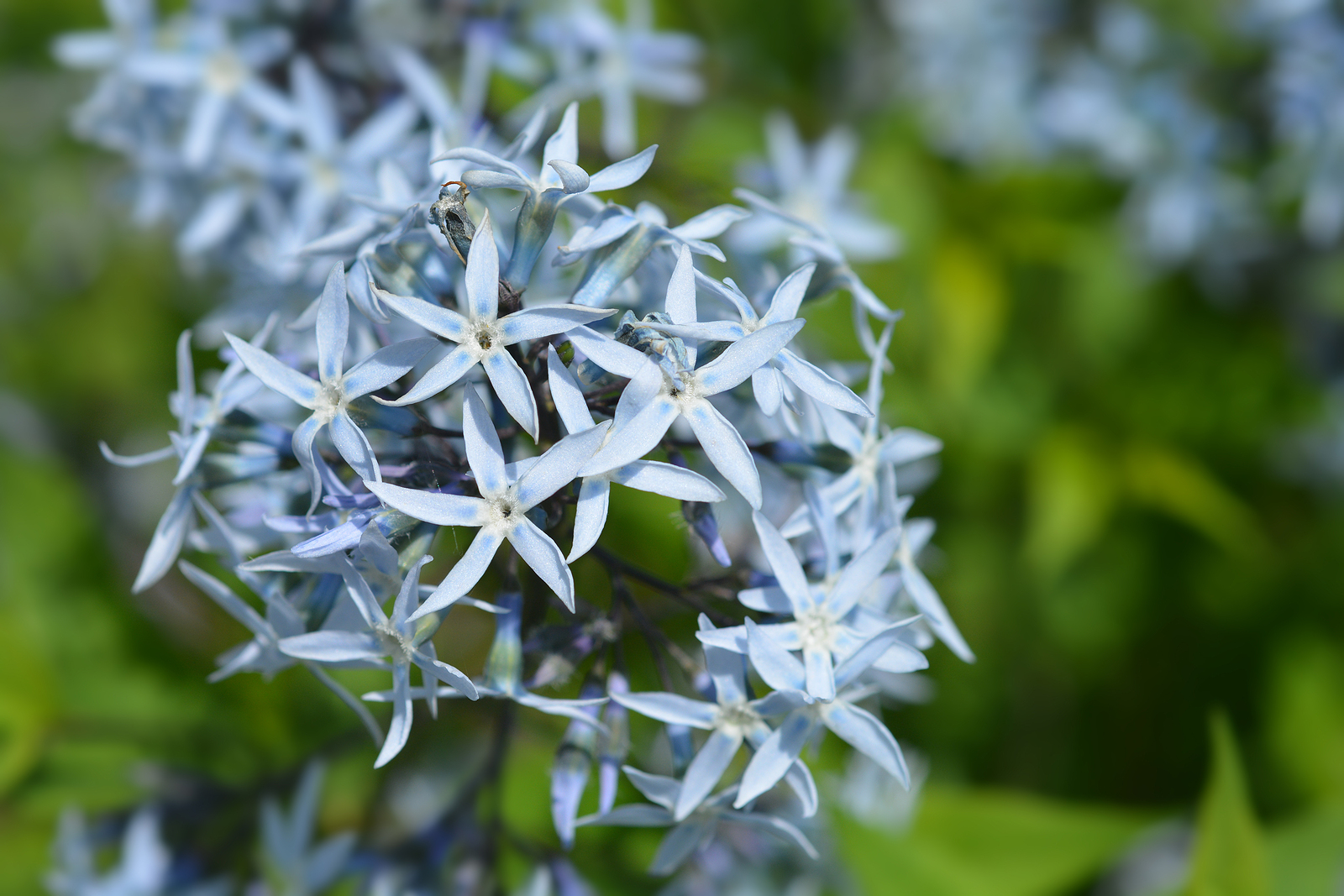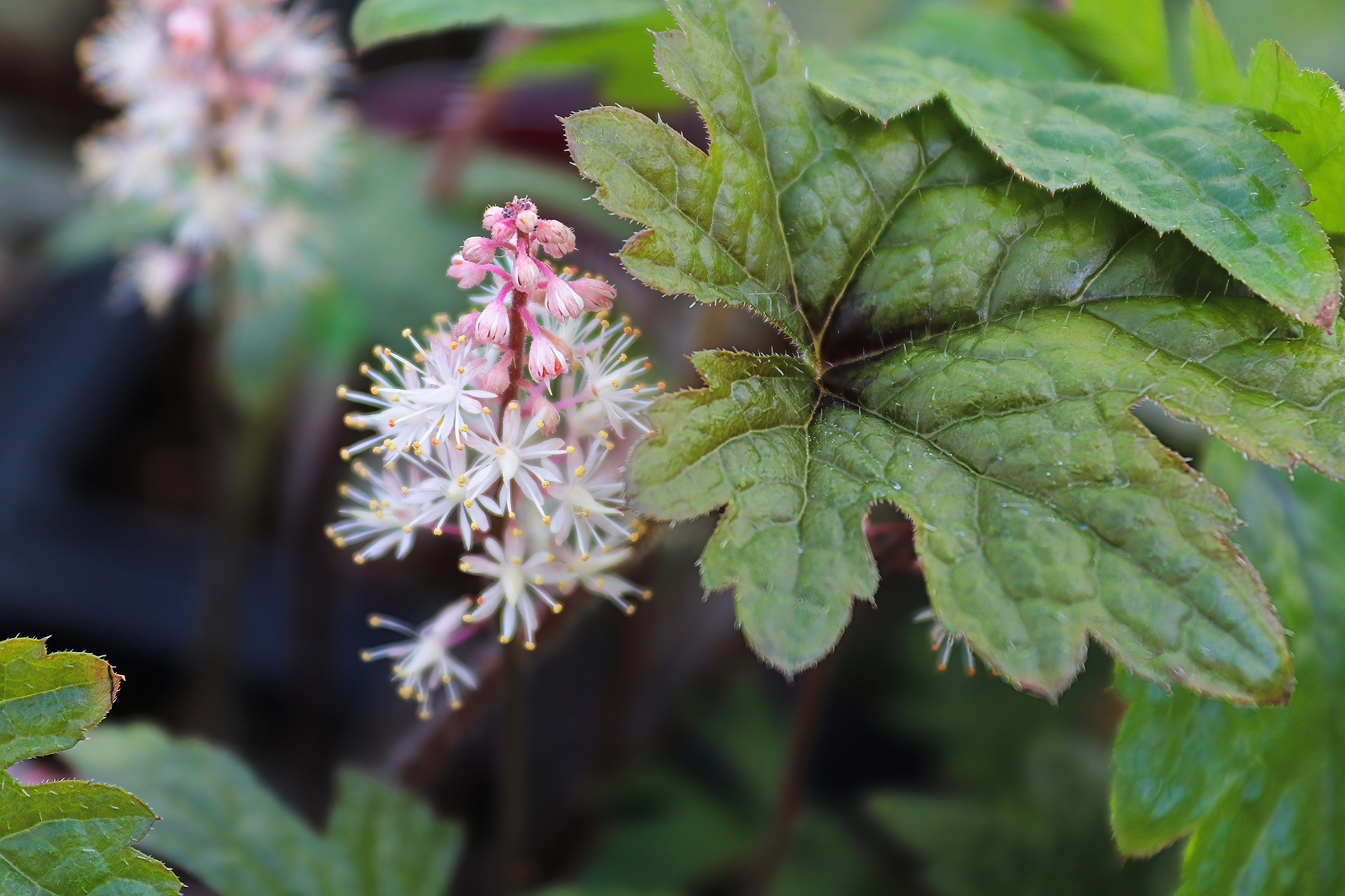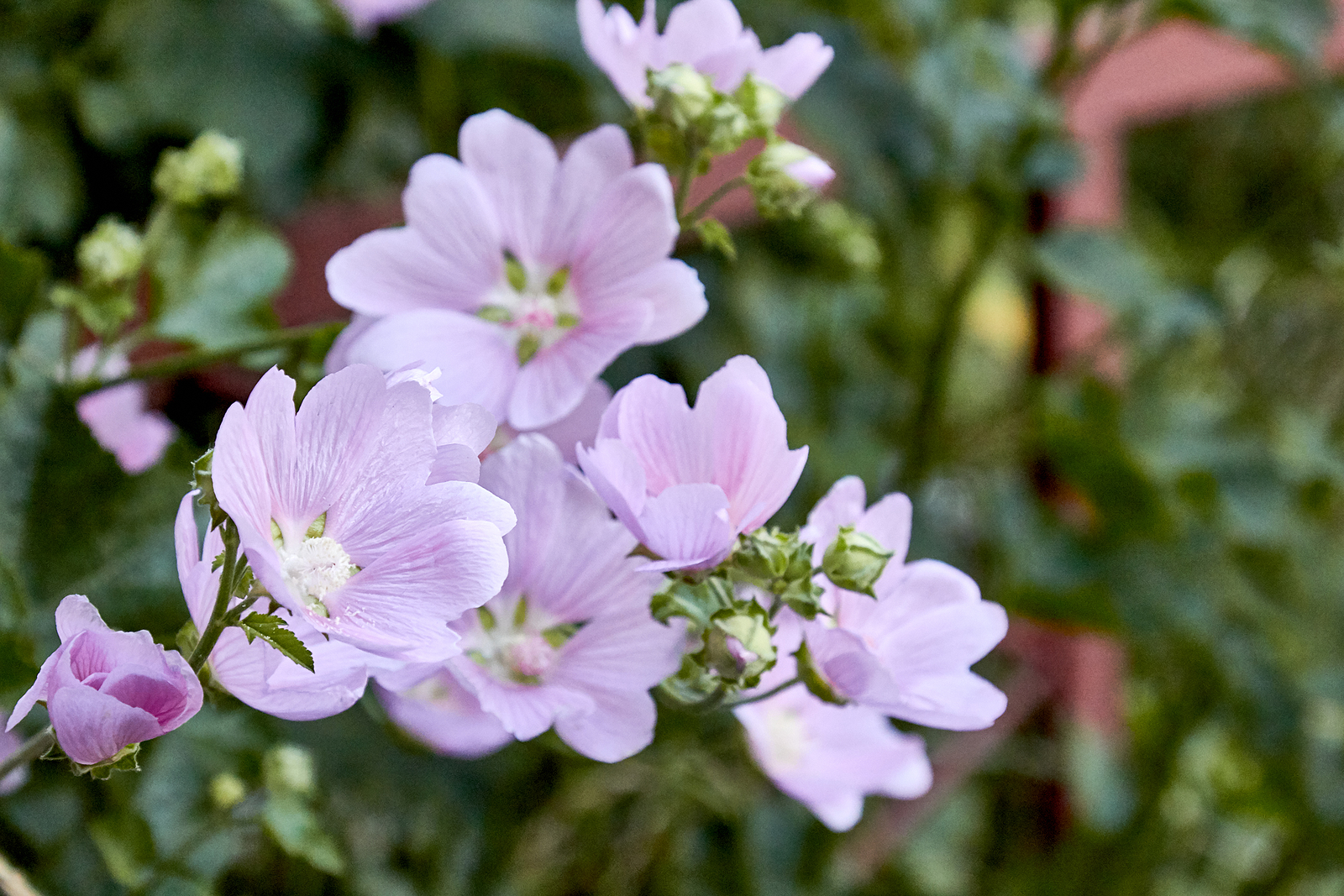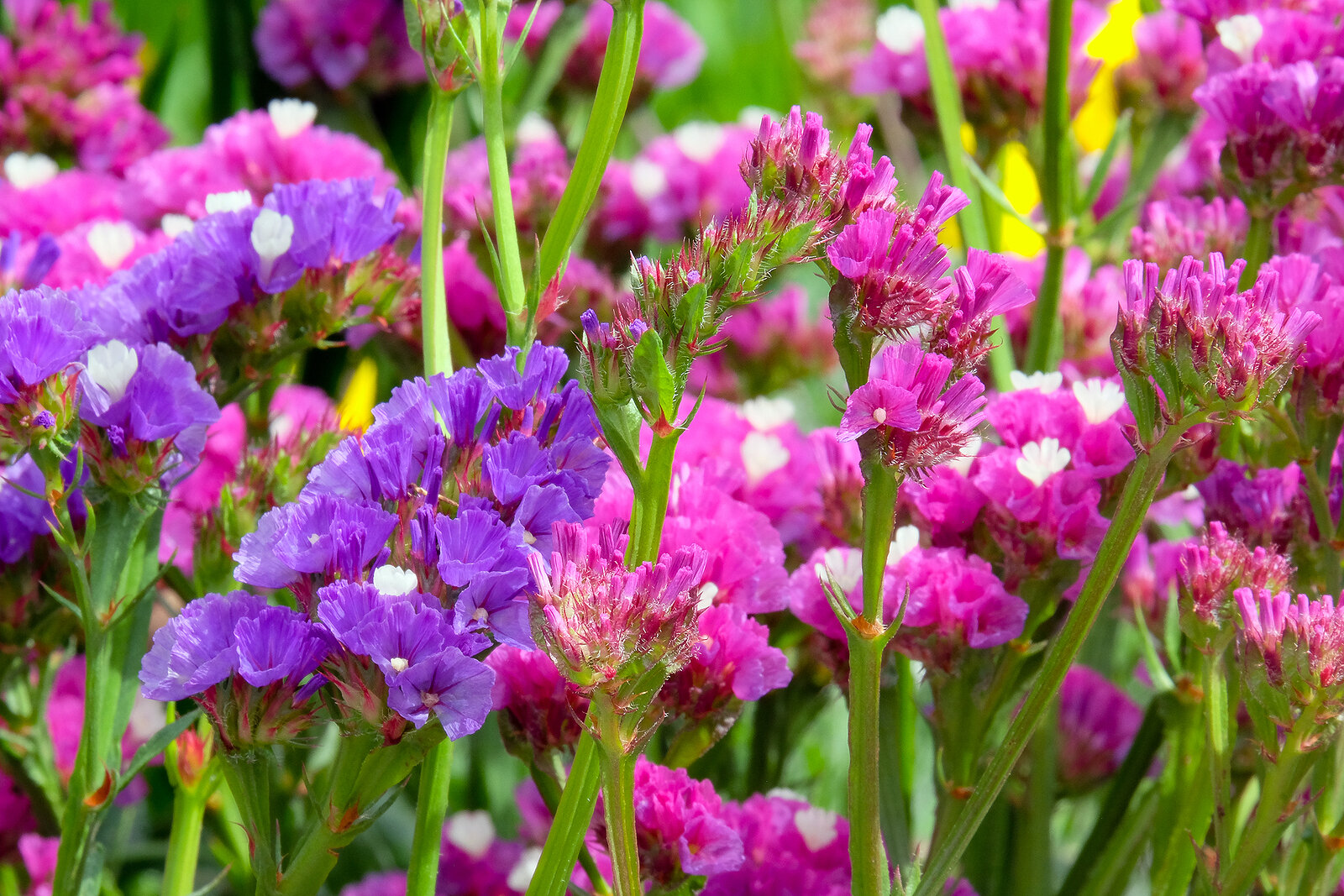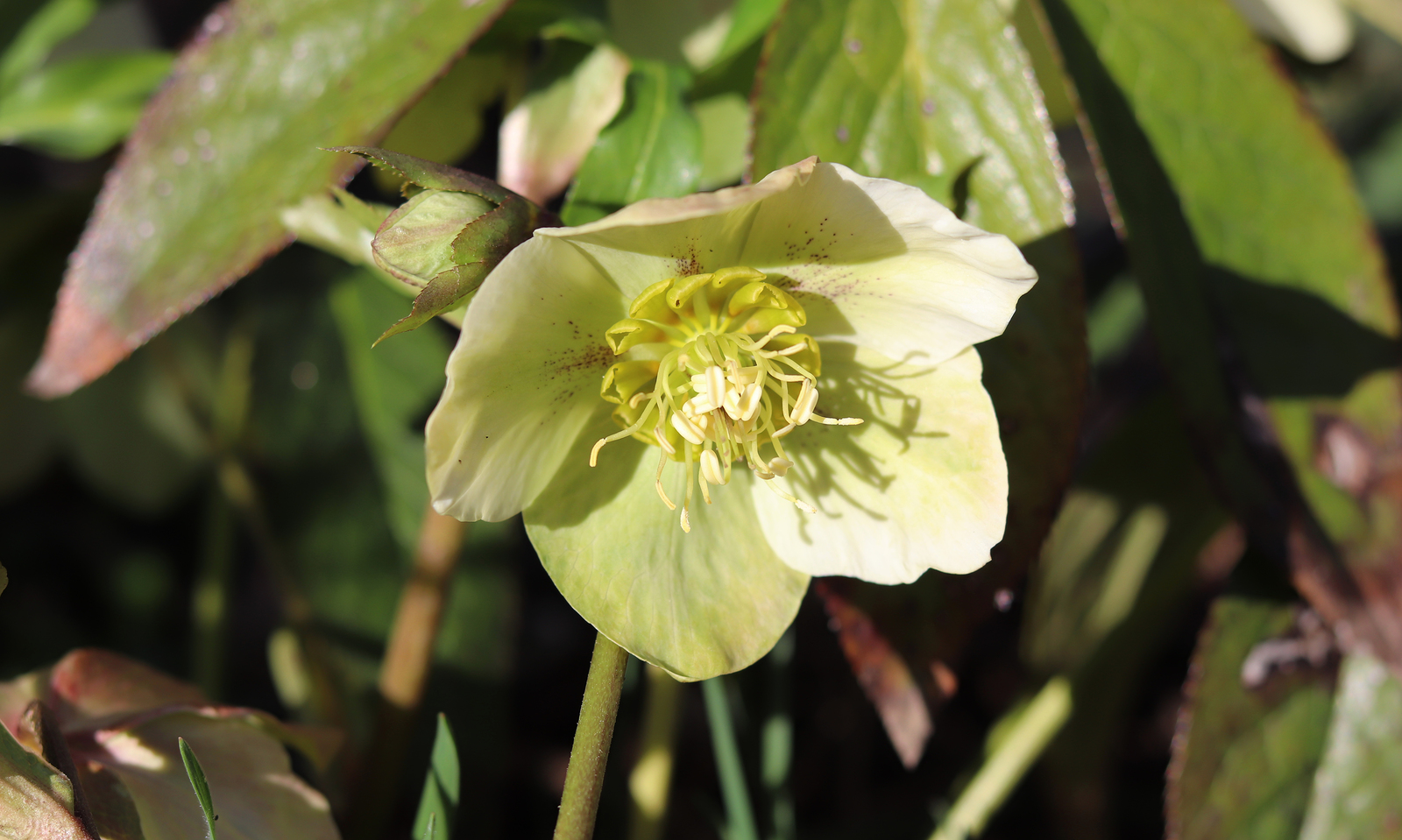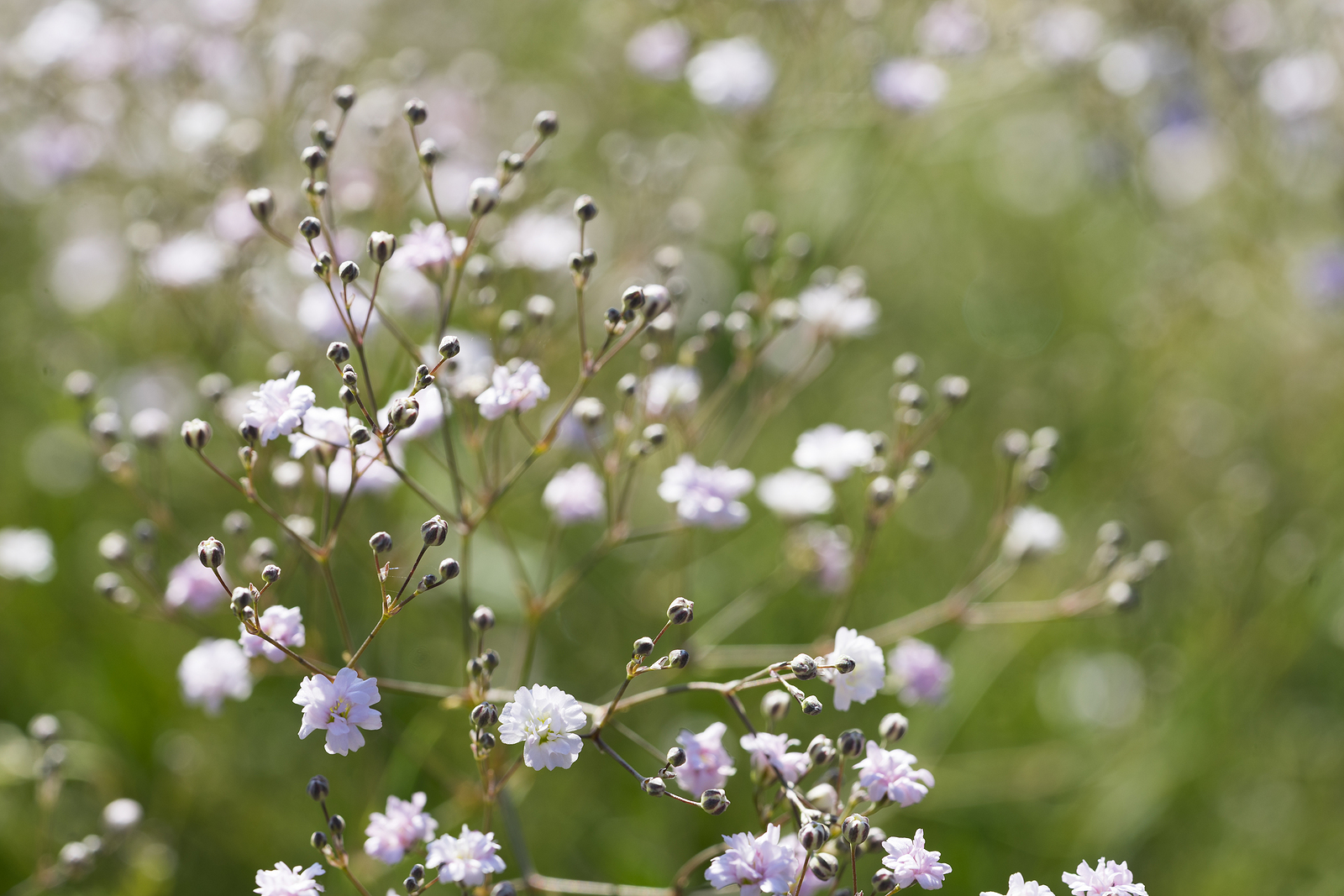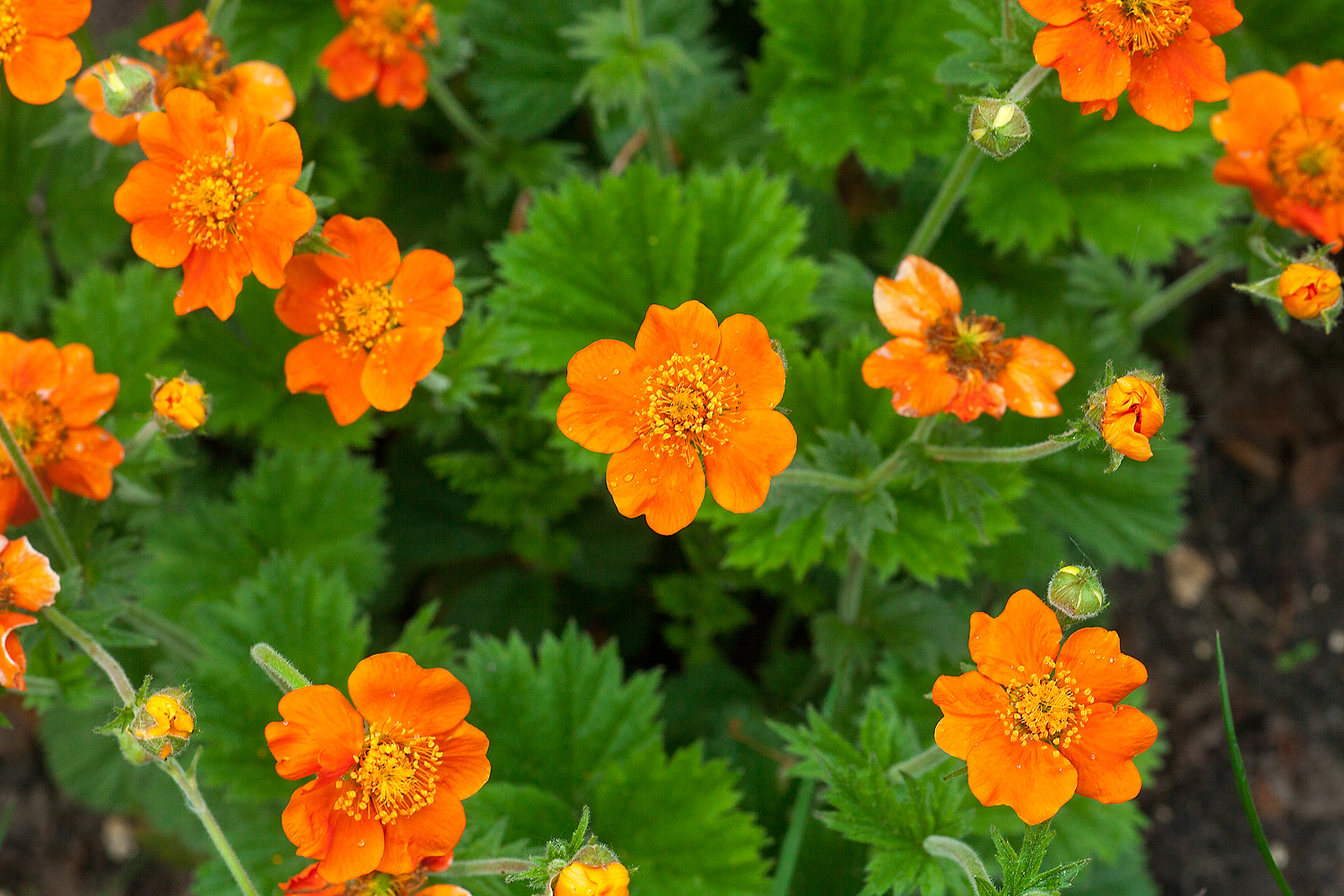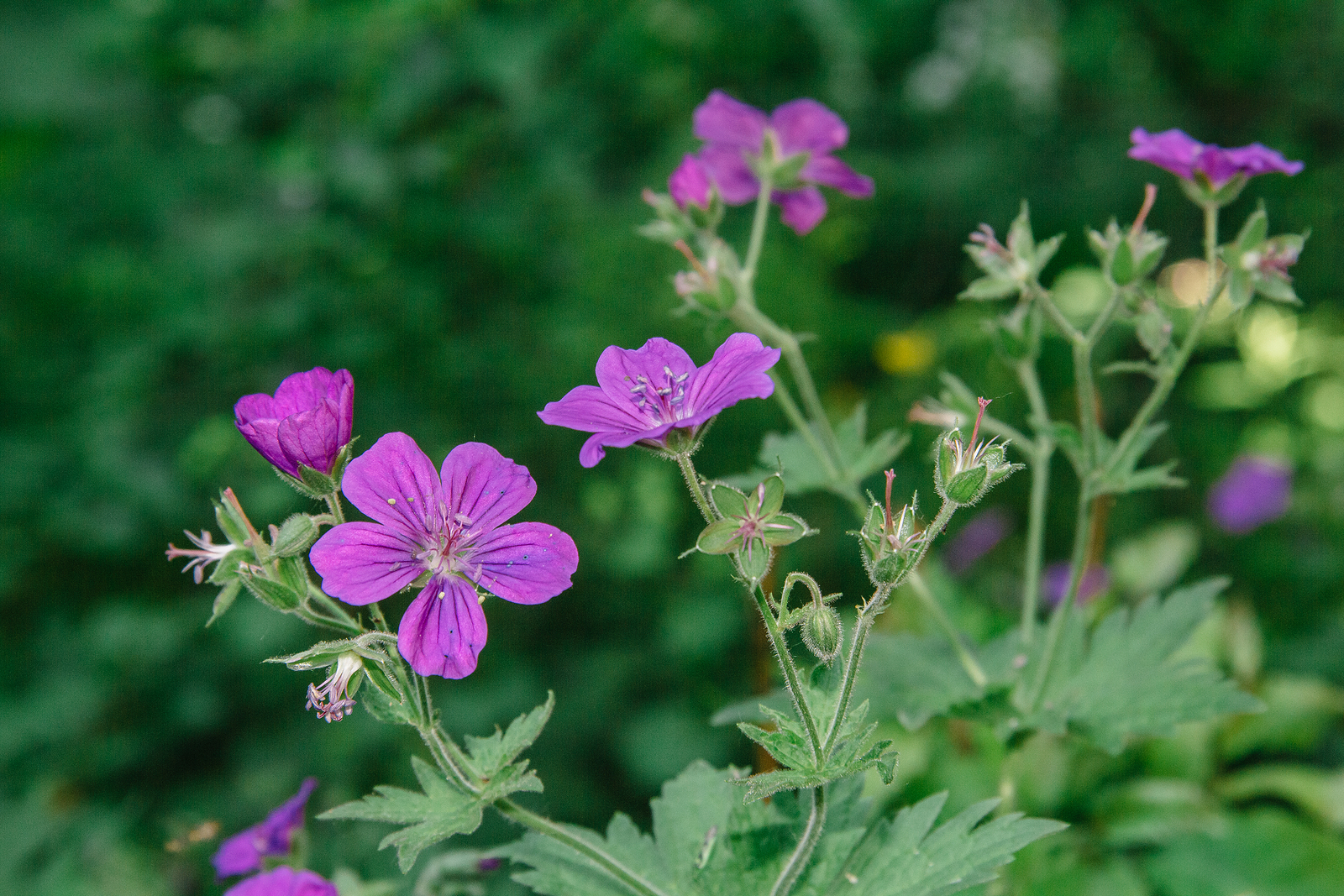How to Grow Blue Star Flower — Amsonia
Amsonia bears clusters of flowers with funnel-shaped bases and flared, starry faces. Amsonia is commonly known as bluestar, blue star flower, or dogbane. Amsonia leaves are lance-shaped to ovate or rounded. Stems contain a milky sap. Amsonia is related to milkweed. Amsonia species are perennials or subshrubs. There are about 20 species in the genus. […] More

